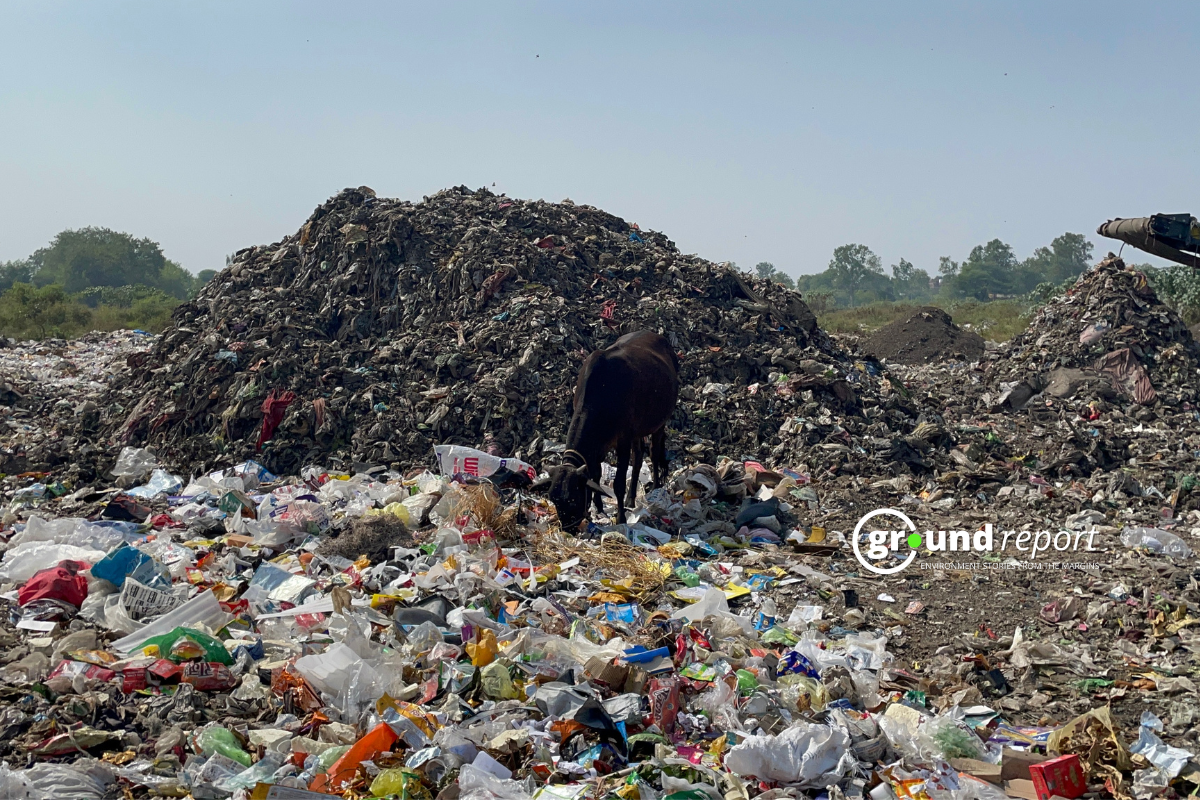As per Annual Report of Central Pollution Control Board for the year 2021-22, the average quantity of solid waste generated in India is 1,70,338 Ton PerDay , of which only 91,512 TPD is treated, 40,863 tpd (27.08%) waste is landfilled, while solid waste that goes unaccounted is 39,010 tpd (25.8%). Although a few cities like Indore are setting bars for waste management, many regions are far from the goals of waste collection and segregation of Swachh Bharat Mission.
Mahatma Gandhi highlighted the importance of cleanliness as a foundation for a healthy life and society. In line with this vision, the Indian government launched the Swachh Bharat Mission on this day 10 years back. The Swachh Bharat Mission (SBM), launched on October 2, 2014, by the Government of India, aims to promote cleanliness, hygiene, and sanitation across the country. It was a significant initiative to eliminate open defecation and improve solid waste management. The mission focused on building toilets, raising awareness about sanitation practices, and encouraging community participation.
The mission encompasses both rural and urban areas. The Ministry of Housing and Urban Affairs oversees the urban component, while the rural aspect is managed by the Ministry of Drinking Water and Sanitation.
Launched in October 2021, Swachh Bharat Mission Urban 2.0 is an extension of the original mission, aimed at further improving urban sanitation. This phase focuses on making cities cleaner, ensuring efficient waste management, and enhancing the overall urban environment.
The poor solid waste management of delhi
The Supreme Court on July 26 said solid waste management in Delhi is in a “sorry state” and may lead to a public health emergency.
“Going by the Municipal Corporation of Delhi affidavit and timelines, there are no possibilities of adequate facilities in Delhi till 2027 to treat 11,000 tonnes of solid waste in Delhi. No guesswork is needed that by then solid waste generated will multiply. It is a sorry state of affairs in the Capital city and can lead to a public health emergency,” a Bench headed by Justice A.S. Oka observed.
According to the SBM Dashboard, the capital city is lagging behind to achieve the target of 100% source waste segregation. Out of 271 urban local bodies of the city, only 207 (76%) segregate their waste completely. Delhi generates 10,520.92 tons of solid waste every day
The national capital has 3 dumpsites occupying an area of 202 acres with the legacy waste of 203 lakh tonne. Out of this total legacy waste only 38% of the waste is remediated and 126 lakh tonne of waste remains to be remediated.
As Delhi struggles in the north to manage its waste, the north-eastern states struggle to manage even half of their solid waste.
The dire state of north-eastern states
The north-east region consists of the seven sisters—Assam, Arunachal Pradesh, Mizoram, Meghalaya, Nagaland, Tripura, and Manipur—along with the ‘brother’ state of Sikkim. It is rich in resources, including oil, natural gas, minerals, and, most notably, lush forests, rivers, waterfalls, and diverse flora and fauna.
However, the region remains out of the mainstream conversations and lags behind in terms of development in many aspects. Solid waste management in the northeastern states of India faces numerous challenges due to a combination of geographical, infrastructural, and cultural factors. The region’s hilly terrain and scattered population complicate waste collection and transportation, while inadequate waste treatment facilities and poor road conditions hinder effective management.
Majority of the states remain below 50% in their solid waste management. Under the Swachh Bharat Mission 2.0, cities are required to reclaim their dumpsites by 2026. Consequently, dumpsite remediation has emerged as a key priority for all cities across the country, including those in the Northeast. In Assam, 66% of dumpsite waste remains to be remedied. In Nagaland and Meghalaya, the process is yet to start.
Although the terrain makes it difficult to establish strong management, fragmented governance and weak regulatory enforcement also contribute to the inefficacy of existing policies, underscoring the need for a comprehensive, tailored approach to address these challenges.
Support us to keep independent environmental journalism alive in India.
Follow Ground Report on X, Instagram and Facebook for environmental and underreported stories from the margins. Give us feedback on our email id greport2018@gmail.com.
Don’t forget to Subscribe to our weekly newsletter, Join our community on WhatsApp, Follow our Youtube Channel for video stories.
Keep Reading
Gujarat: 38 Animals, birds die at Statue of Unity complex in 2 years
18 billion animals sacrificed yearly without making it onto someone’s plate: Study
Living planet report: Global populations of wild animals declined 69% in 50 years










